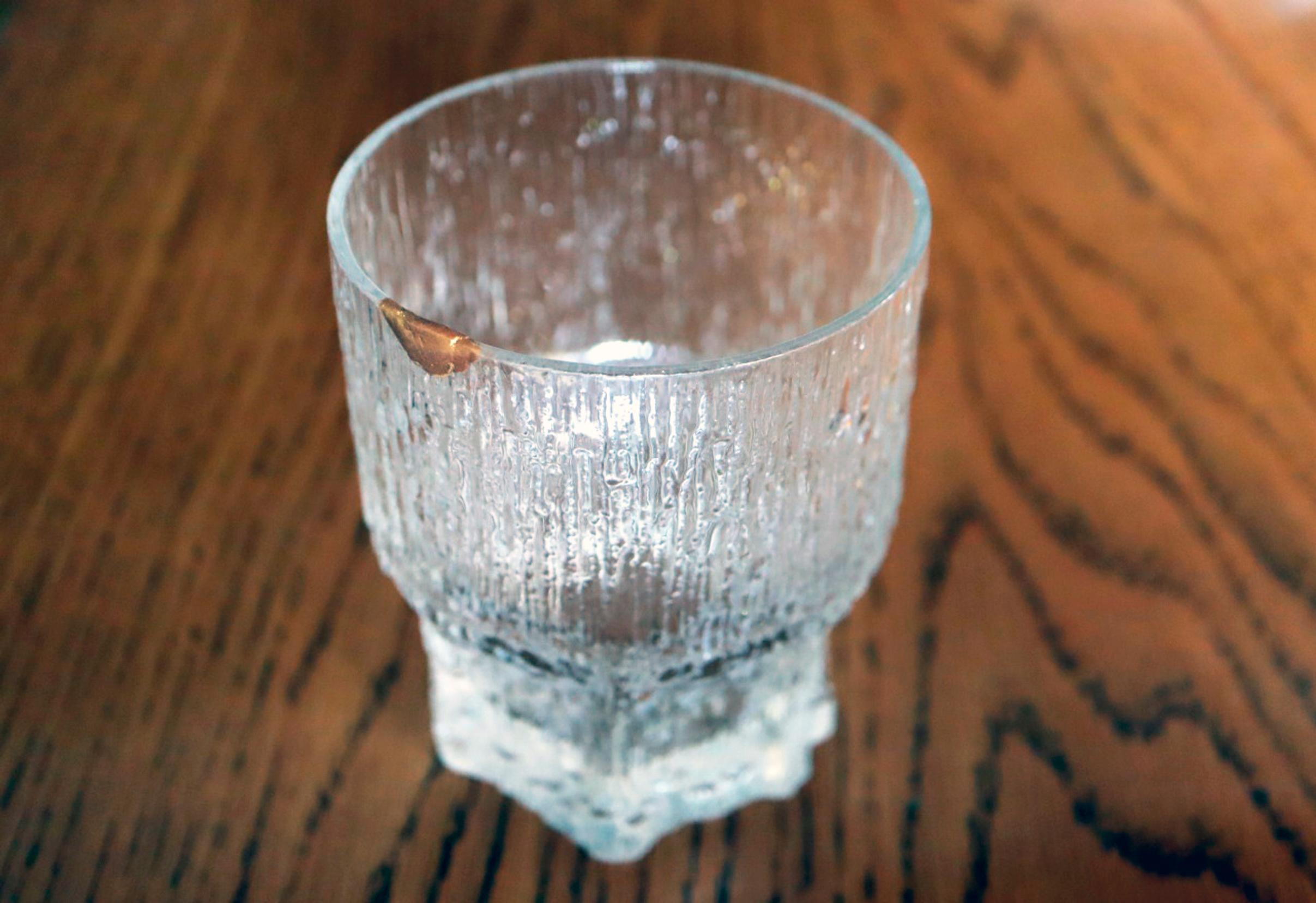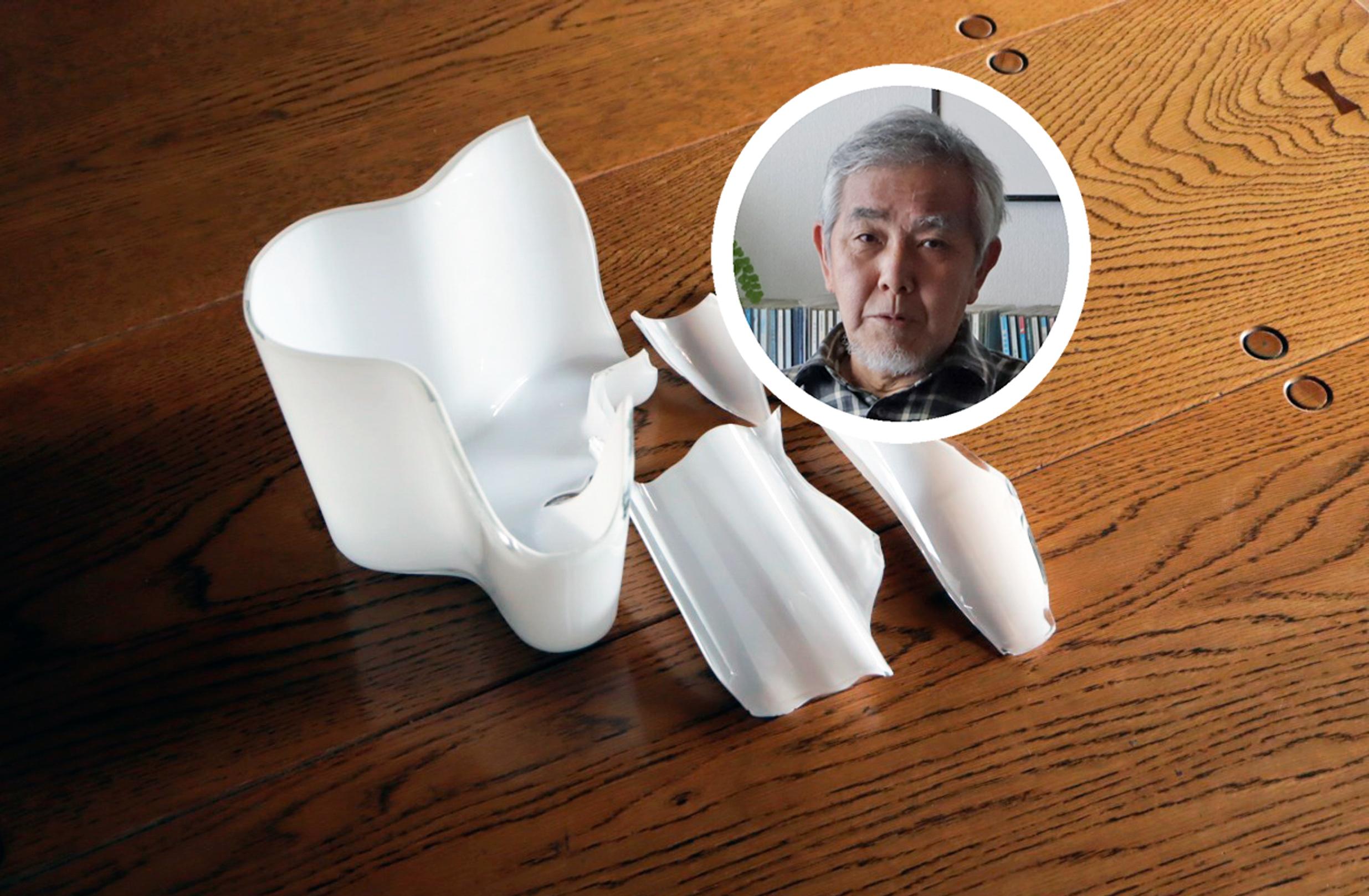
Shattered Aalto vase gets a new life in the hands of Japanese Rio: “I love Finnish design”
Japanese Rio Numajiri is a devoted fan of Finnish design. One of his dearest possessions is an Aalto vase, which fell off the shelf and shattered. Ten years later, he restored the glass piece himself.
Tokyo-based Rio Numajiri was at home, on the 10th floor of an apartment building, when he suddenly noticed the building swaying. It was March 2011, and the massive earthquake near Fukushima was felt all the way in Tokyo.
“It felt like the entire building was moving. And the same applied to all my belongings,” Rio recalls.
There was an Aalto vase on the living room shelf. The shaking knocked it to the floor, and it shattered.
“I didn’t notice it for a couple of days. When I finally discovered it, it was quite a shock.”
Rio, who is interested in design, bought the Aalto vase in the 1980s while studying at Tampere University of Technology. The vase was something he had only dreamed of.
“I still remember the excitement I felt when I got the vase. Its curving shape reminded me of the surface of a Finnish lake.”
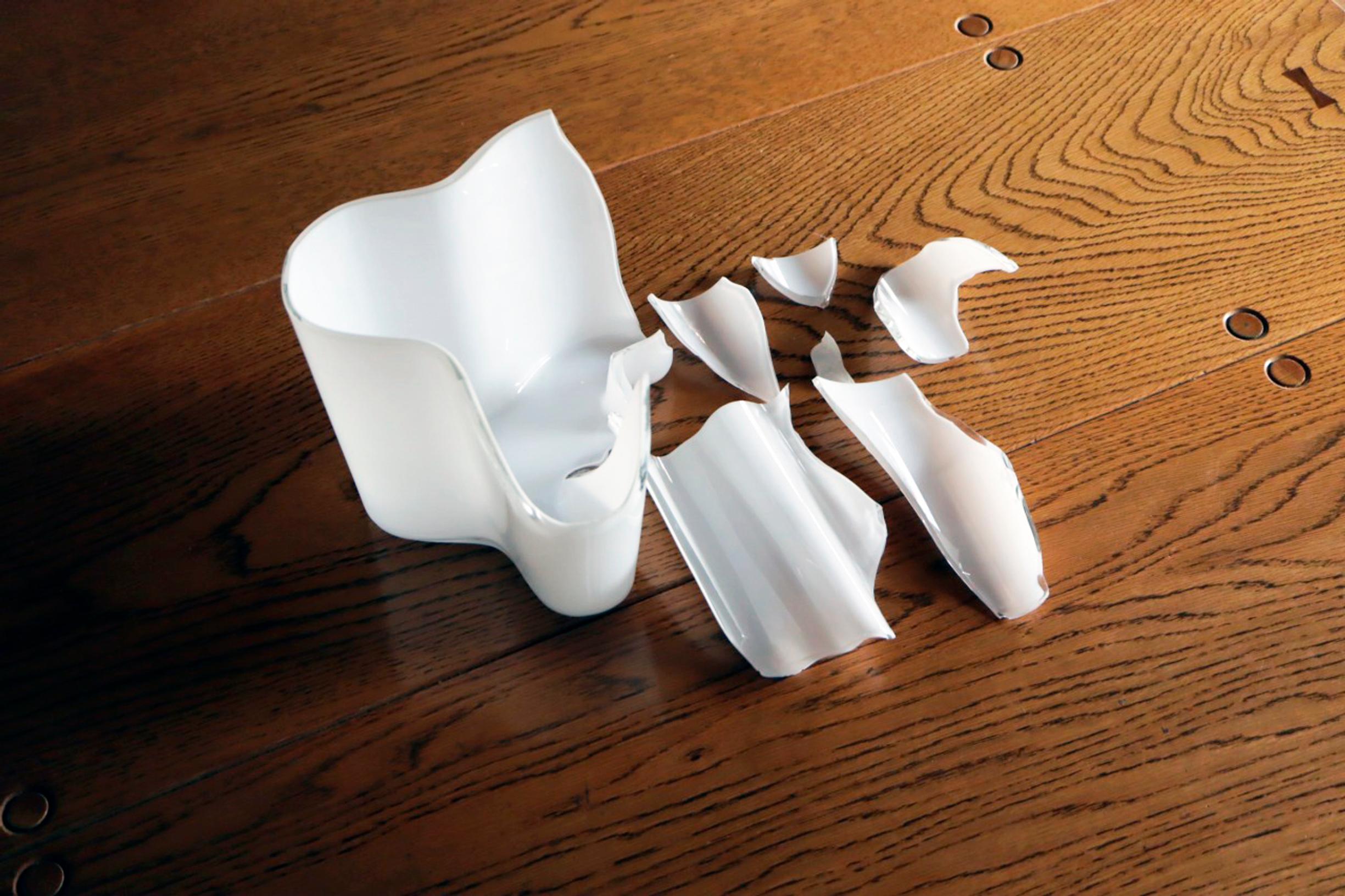
“Imperfection reflects the fragility of life”
Upset about the vase breaking, Rio set the glass shards aside. Ten years passed before he finally decided to reassemble it using the kintsugi technique. According to Rio, this technique is typically used to repair ceramics.
“Kintsugi is an ancient Japanese technique in which broken pieces are joined using lacquer and gold powder. I’ve also used it to repair several everyday dishes that broke, but this was my first time trying it on glass.”
The vase became whole again, although not exactly like the original. That didn’t trouble Rio, as there is also a philosophical dimension to the kintsugi technique.
“In Japan, broken and imperfect objects are regarded as valuable and beautiful, a reflection of life’s fragility.”
Rio now keeps the large Aalto vase, as well as several smaller Aalto vases he has acquired, safely stored in a cabinet. He and his partner still use the repaired dishes for meals, as Rio says the materials used are not harmful to human health.
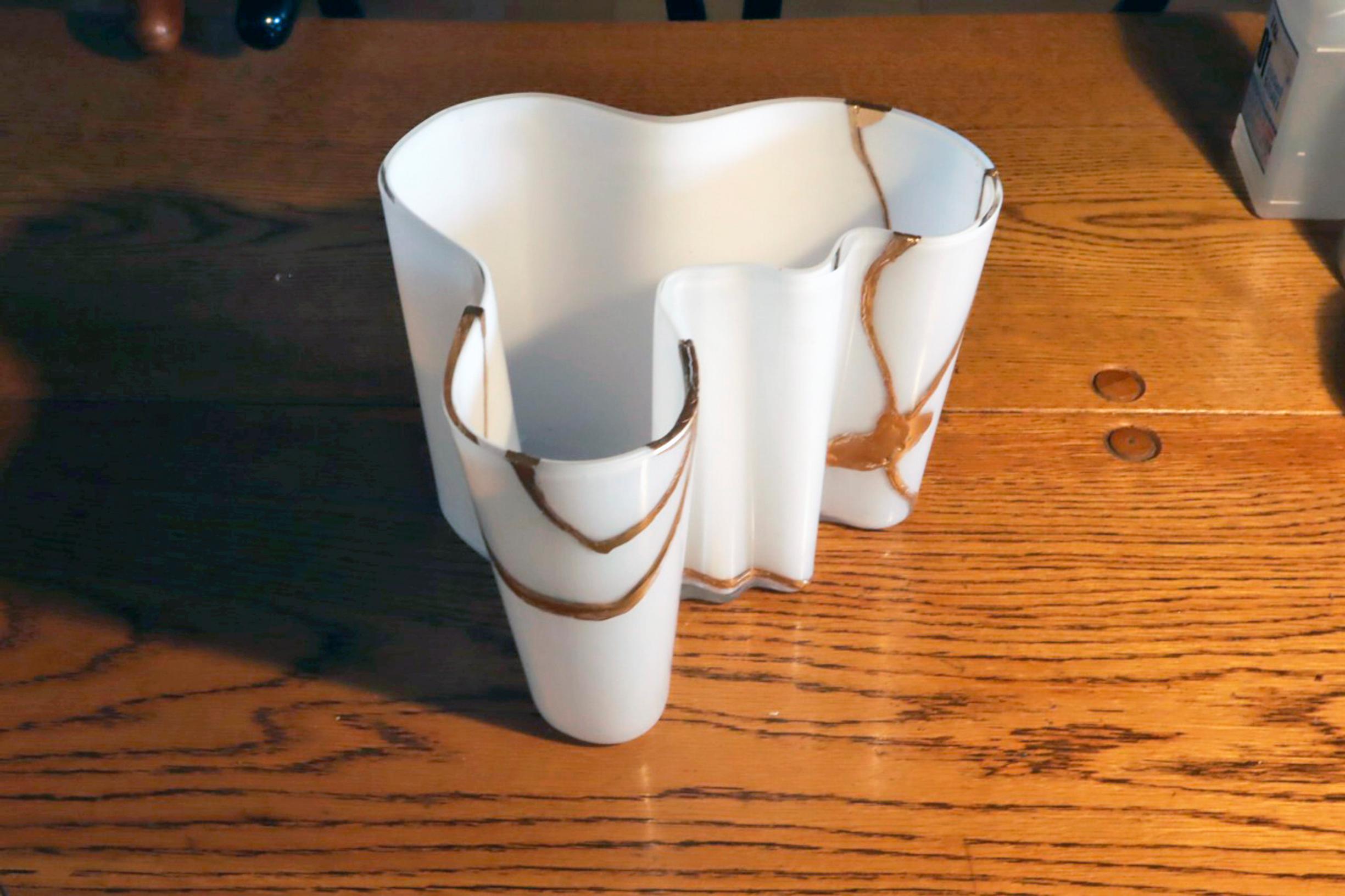
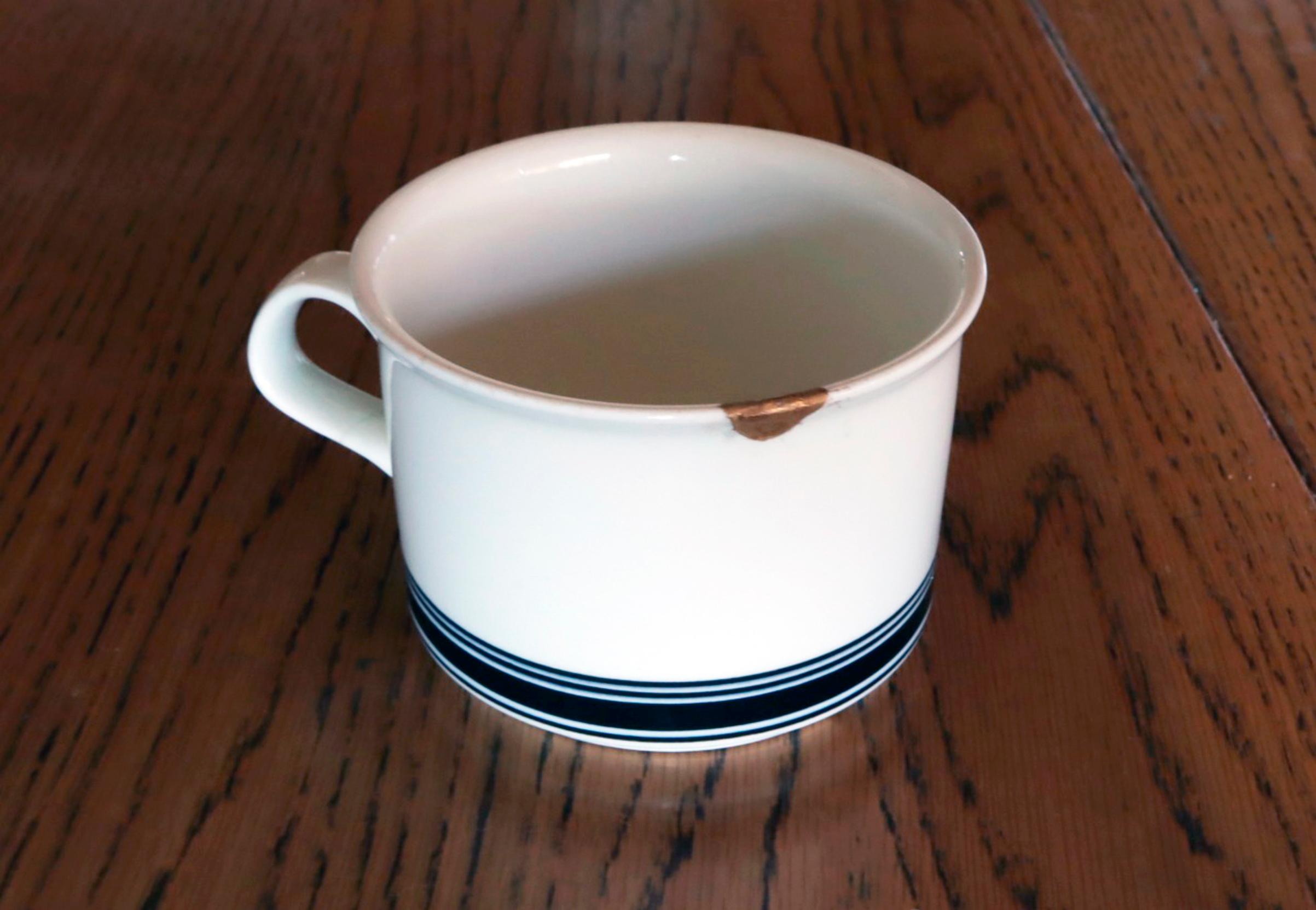
“My wife and I both love Finnish, Swedish, and Danish furniture. My favorite designers are Alvar Aalto and Ilmari Tapiovaara.”
“Finland has become a true design nation”
The seventy-three-year-old Rio is a retired architect. He retains a lifelong love for Finland and Finnish design, gained during his time there. In his view, Finnish and Japanese design share an appreciation for nature and careful material choices.
“Both favor untreated wood. We also share the notion that beauty cannot be expressed in words.”

Back in the day, Rio and his fellow Finland-loving friends in Tokyo founded a club called Finnclub, where they studied the Finnish language and explored the country’s culture.
“As early as the 1970s, I would look at the Avotakka magazine and I loved it. I still read Avotakka. My wife and I both love Finnish, Swedish, and Danish furniture. My favorite designers are Alvar Aalto and Ilmari Tapiovaara.”

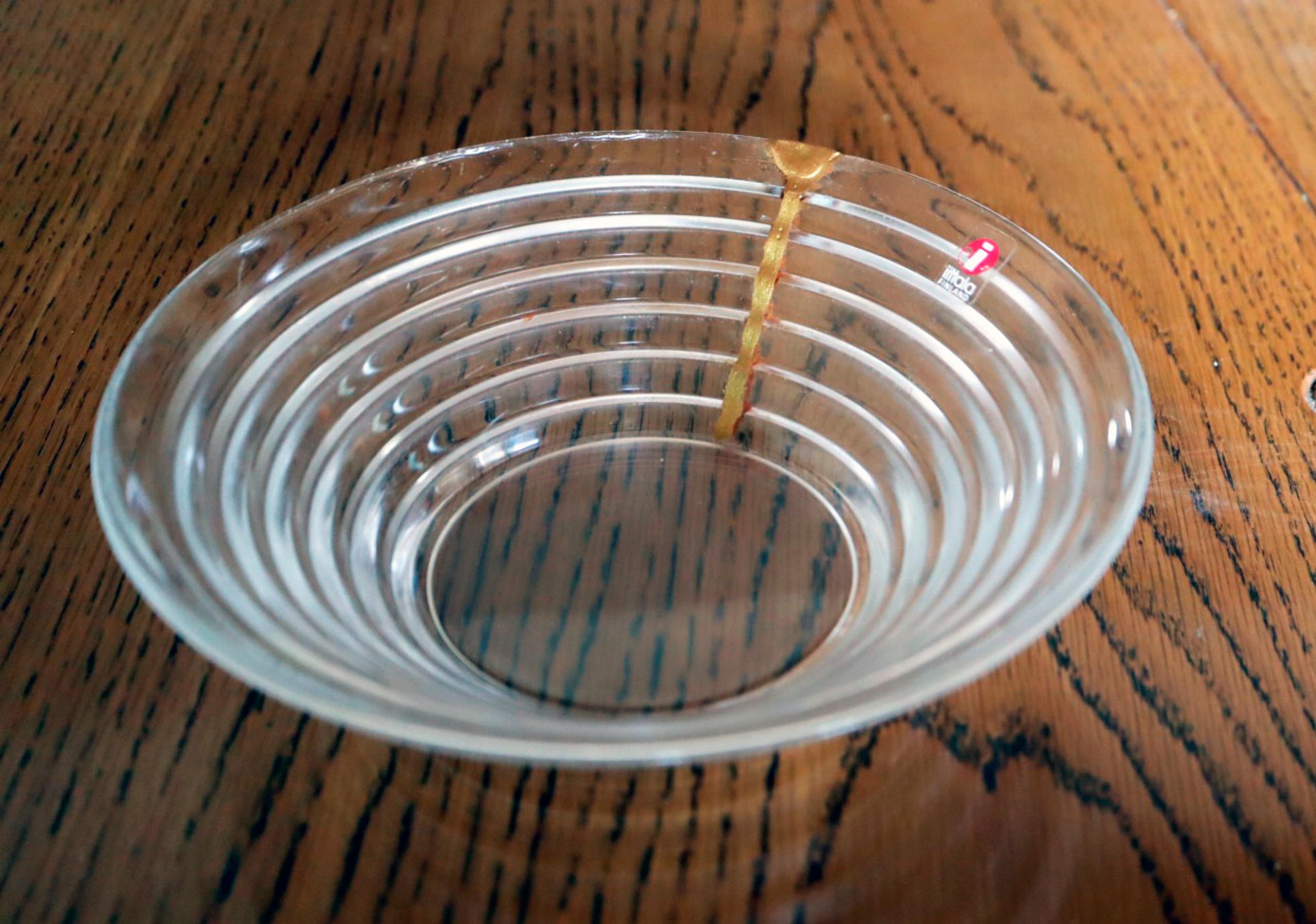
The architect visited Finland multiple times in the 1980s and 1990s, and he got the chance to experience the sauna, as well. He was deeply impressed by the beauty and comfort of a sauna.
“We don’t have a sauna at home, but I’m proud of Antti Nurmesniemi’s sauna stool, which I received from my Finnish friends.”
According to Rio, more and more people in Japan have become interested in the sauna. He himself wrote a book on the subject, covering both bathing traditions and the architecture of a sauna.
“I still follow my Finnish friends’ work in design and architecture with great interest. I also noticed long ago, when visiting, how widely Finnish designers’ works are in use in daily life. Finland has truly become a design nation, where designers serve their country through their work—and people know to be proud of them.”
